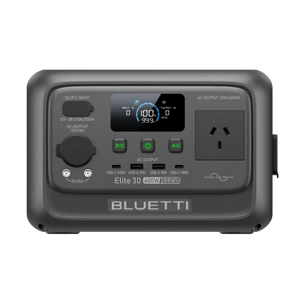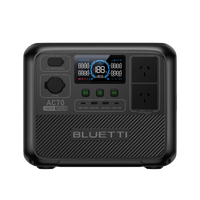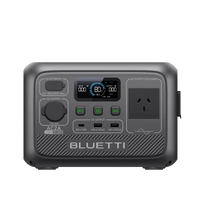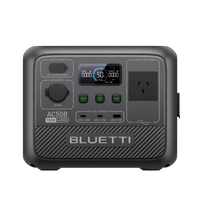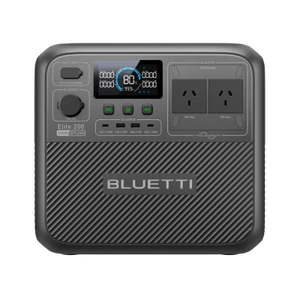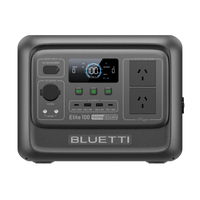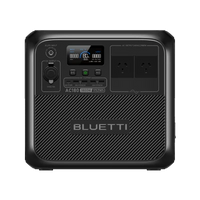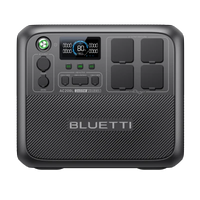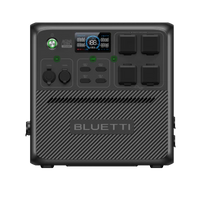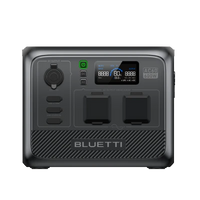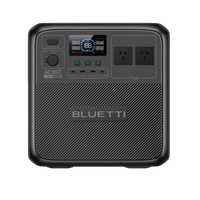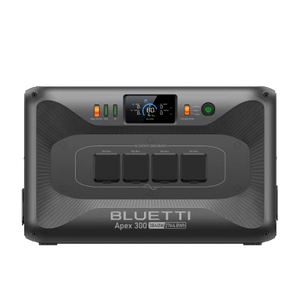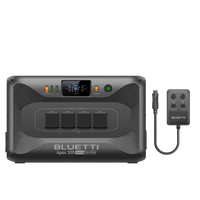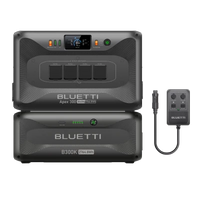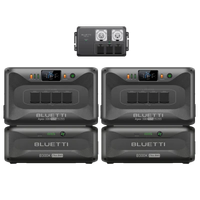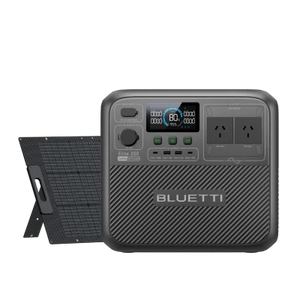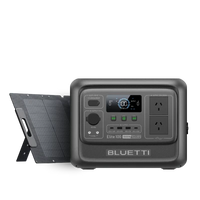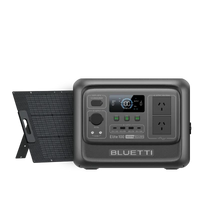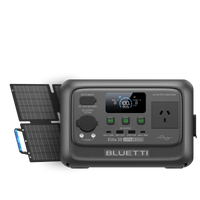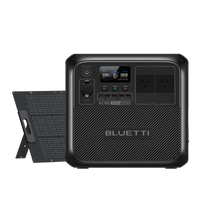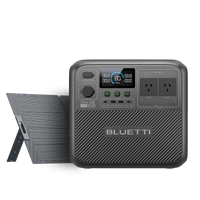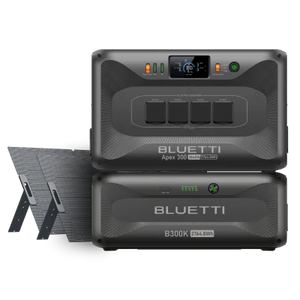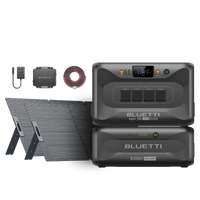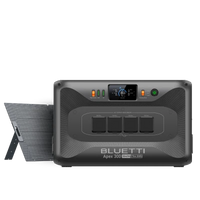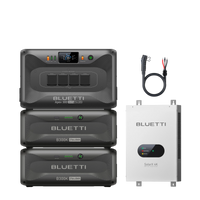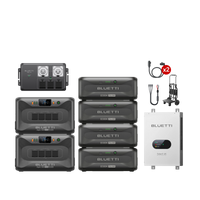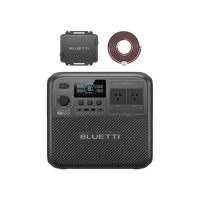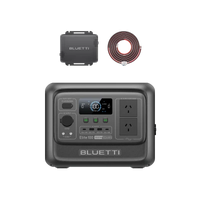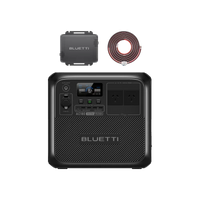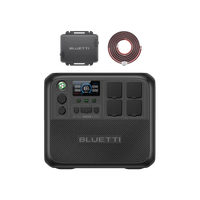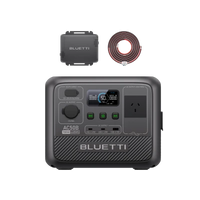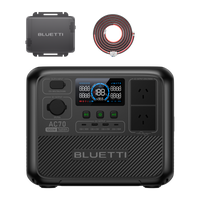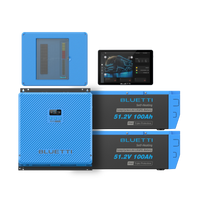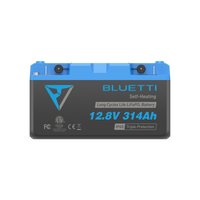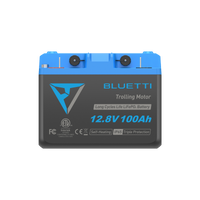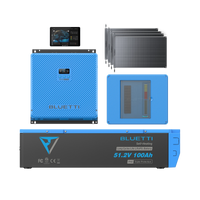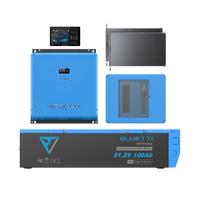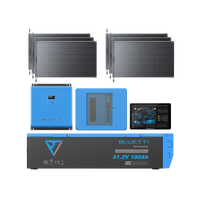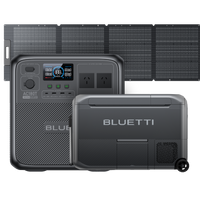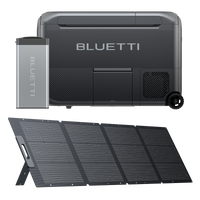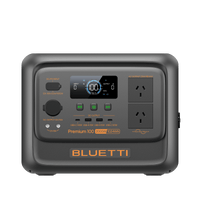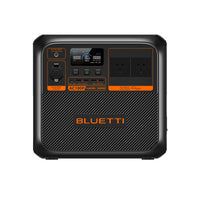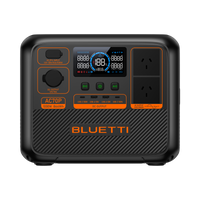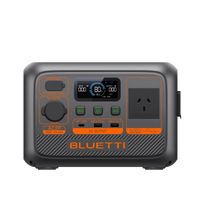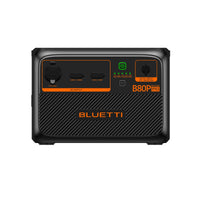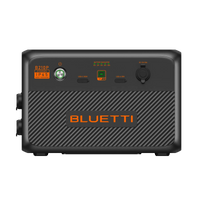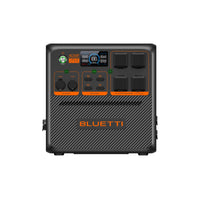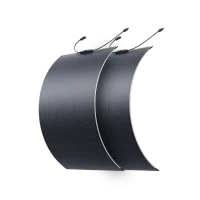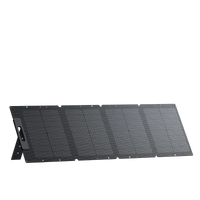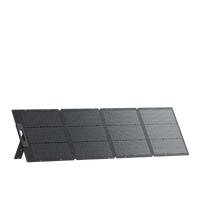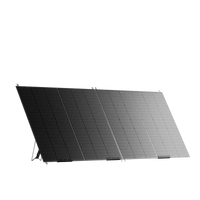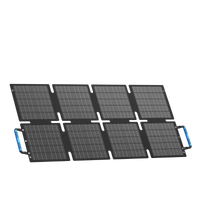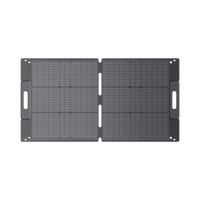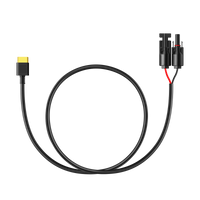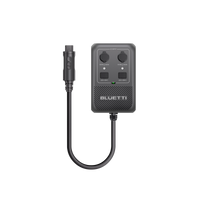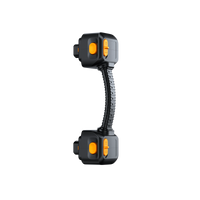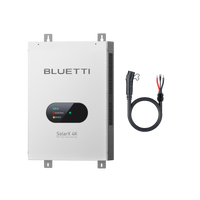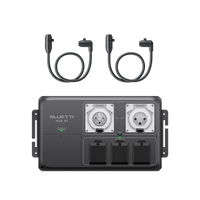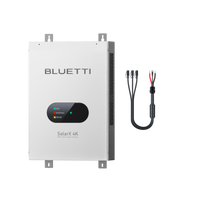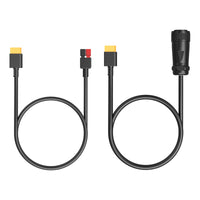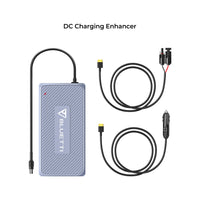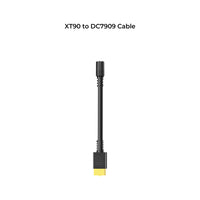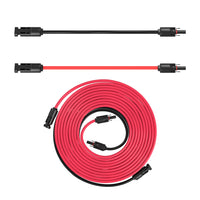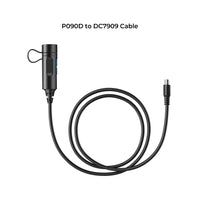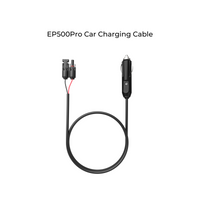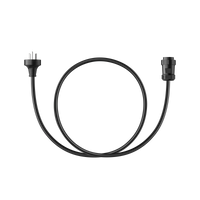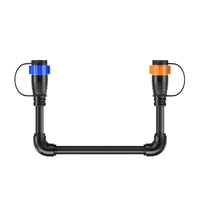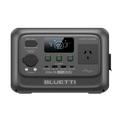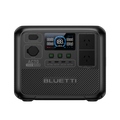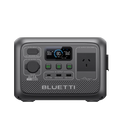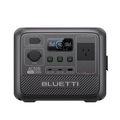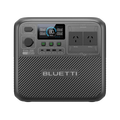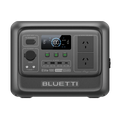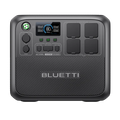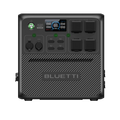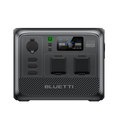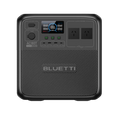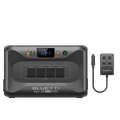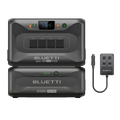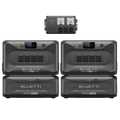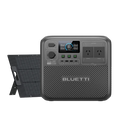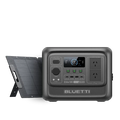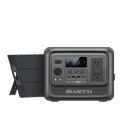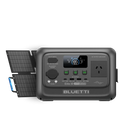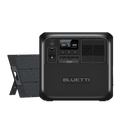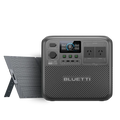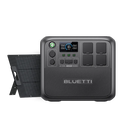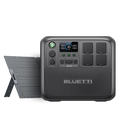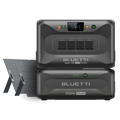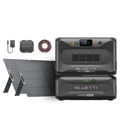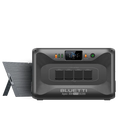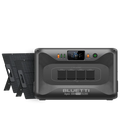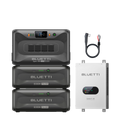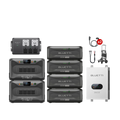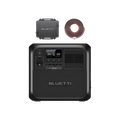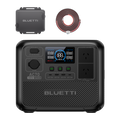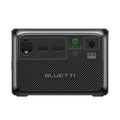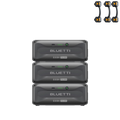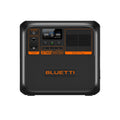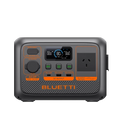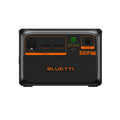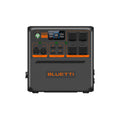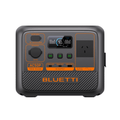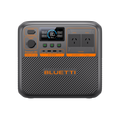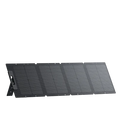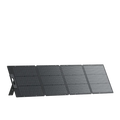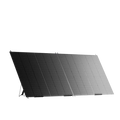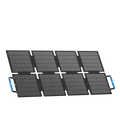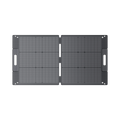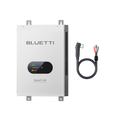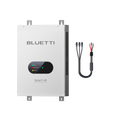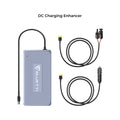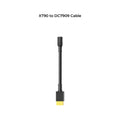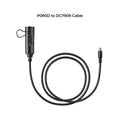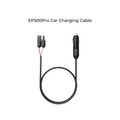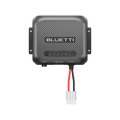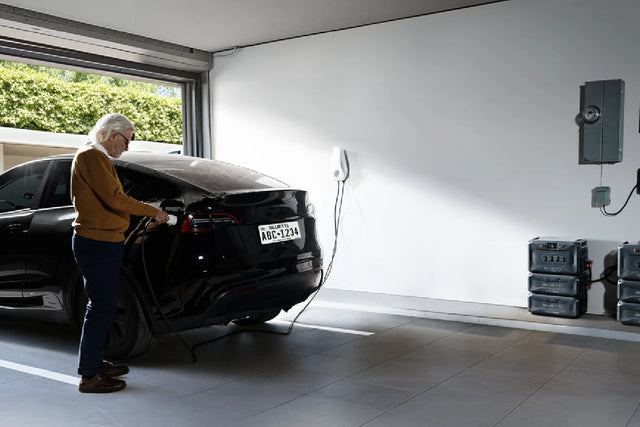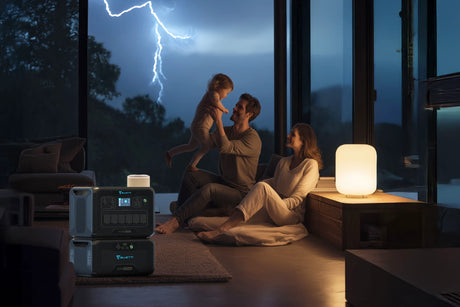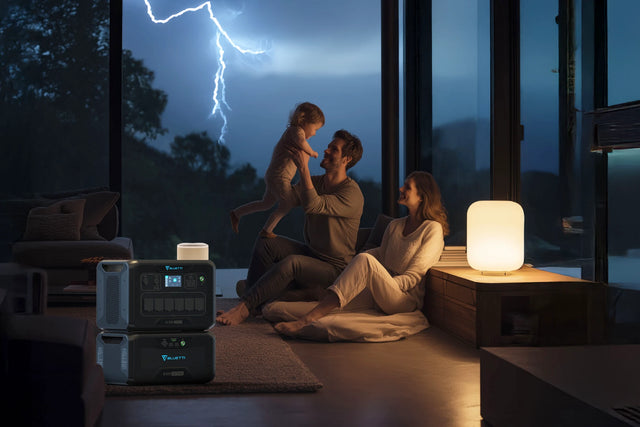As technology and energy consumption continue to advance, it has become more crucial than ever to understand how to convert kilowatt-hours (Kwh) to kilowatts (Kw). Many people are unaware of the difference between these two units of measurement and how to accurately convert between them. This lack of knowledge can lead to confusion and even financial consequences when it comes to energy bills. In this article, we will provide a simple guide on how to convert Kwh to Kw using a straightforward formula, helping you understand the relationship between these two units and the importance of proper conversion.
What is the Difference between kWh and kW?
When it comes to understanding energy consumption and power, two terms that are often used interchangeably are kWh and kW. However, these two measurements are quite different and it is important to understand their distinctions.
kWh (kilowatt-hour): This is a unit of measurement that is used to quantify the amount of energy consumed over a period of time. It is a combination of two units, kilowatt (kW) and hour (h). This means that a kilowatt-hour is a measure of energy consumed when a kilowatt of power is used over the course of an hour. It is used to measure the energy consumption of household appliances, electric vehicles, and overall electricity usage in a home or building.
kW (kilowatt): On the other hand, kilowatts measure the rate at which energy is being used at a specific point in time. It is a unit of power and is used to measure the instantaneous demand for electricity. For example, if a 100-watt light bulb is turned on, it will use 100 watts or 0.1 kilowatts at any given moment. It is commonly used to measure the power output of generators, solar panels, and other energy-generating sources.
So, in simple terms, kWh is a measure of the total energy consumed, while kW measures the rate at which energy is being used.
The Formula for Converting kWh to kW
The formula for converting kWh to kW is fairly straightforward. It is simply kW = kWh / Time (Hours). This means that to convert kilowatt-hours to kilowatts, you need to divide the total energy consumption in kilowatt-hours by the number of hours over which it was consumed.
For example, if a household consumes 100 kWh of energy in a month, and the consumption is spread out evenly over the course of 30 days (720 hours), the power demand in kilowatts would be calculated as follows:
kW = 100 kWh / 720 h = 0.139 kWThis means that, on average, the household had a power demand of about 0.139 kW throughout the month. However, this value represents an average and does not correspond to a specific appliance's power rating. For instance, a typical refrigerator might have a power rating of around 1 kW (1000 W), while an air conditioner could range from 1 kW to 3 kW, depending on the model and usage patterns. Understanding these individual power ratings and their usage durations is essential for accurately assessing a household's overall energy consumption and managing energy efficiency.
Why is it Important to Know the Difference?
Knowing the difference between kWh and kW is important for a number of reasons. First, it helps you understand your energy usage and identify ways to reduce it. By knowing the power demand of your household or business, you can make informed decisions about energy-efficient appliances and systems that can help you save money on your electricity bill.
Secondly, understanding the difference between these two units is crucial when it comes to renewable energy sources. For example, if you are considering installing solar panels on your roof, you need to know your power demand in kW to determine the appropriate size and number of panels to meet your energy needs.
Lastly, it is also important to know the difference between kWh and kW when comparing electricity rates. Some energy providers charge based on the total energy consumed (kWh), while others charge based on the peak demand (kW) during a specific time period. Knowing how these two units are used in billing can help you make better decisions when choosing an energy provider.
How to Calculate kW from kWh?
The following sections outline how to calculate your home’s kWh usage per month. We provide an example throughout these steps to demonstrate how your monthly kWh usage contributes to your overall energy bill.
Calculate Daily Watt-Hours
To calculate your energy consumption, you’ll need to multiply an appliance’s wattage by the number of hours you use it in a day (the watt-hours).
Device Wattage (watts) X Hours Used Per Day = Watt-hours (Wh) per Day
Example: A 250-watt air conditioner used five hours per day
250 watts × 5hours = 1,250Wh / Day
Converting Watt-Hours to Kilowatts
Your electricity bill is measured in kWh, not watt-hours. One kilowatt is equal to 1,000 watts. To calculate how many kWh a device uses, divide the watt-hours from the previous step by 1,000.
Device Usage (Wh) / 1,000 (Wh/kWh) = Device Usage in kWh
Example: An air conditioner using 1,250 Wh of electricity per day
1,250 Wh/1,000=1.25 kWhHow to Find Monthly Energy Usage
Now that we know how many kWh the appliance uses per day, we can estimate that usage over the course of a month. Multiply the daily usage by 30 days to calculate the approximate monthly kWh usage.
Daily Usage (kWh) X 30 (Days) = Approximate Monthly Usage (kWh/Month)
Example: An air conditioner using 1.25 kWh of electricity per day
1.25 kWh×30 Days=37.5 kWh/MonthIn this example, a 250-watt air conditioner used for five hours every day accounts for 37.5 kWh of energy per month. This is the air conditioner’s monthly energy consumption. We’ll cover how that translates to your electricity bill in the next section
How Much Do Appliances Cost on My Electricity Bill?
To estimate the impact of an appliance on your electricity bill, start by checking your most recent bill to find your electricity rate per kWh, which is often referred to as your energy tariff. To calculate the monthly cost of an appliance, multiply your energy rate by the estimated monthly usage from the previous calculations.
Monthly Usage (kWh) X Electric Rate (AUD/kWh) = Approximate Monthly Cost
Example: A refrigerator that uses 40 kWh/month with an average electricity rate of 30 cents per kWh (AUD $0.30/kWh)
40 kWh×0.30=12.00 AUD/Month
Based on this example, this refrigerator would add approximately AUD $12.00 to your monthly energy bill. While this may not seem excessive, keep in mind that multiple appliances can significantly increase your overall costs.
It's important to remember that your appliances are just a part of your total energy expenditure. Other factors such as heating, cooling, and lighting also contribute to your bill. If you have a smart meter, you can monitor your energy consumption more closely. Simply multiply the kWh used in a month by your electricity rate (as demonstrated in the calculation above) for a more precise estimate of your monthly costs.

We’ve also compiled a list displaying the average wattage for various common household appliances. While the wattage of your specific device may differ, this information can provide a general idea of power consumption.
| Appliance | Average Wattage (watts) |
|---|---|
| Electric Kettle | 1500-3000 watts |
| Microwave Oven | 800-1200 watts |
| Hair Straightener | 100-200 watts |
| Ceiling Fan | 70-120 watts |
| Portable Heater | 2000-2500 watts |
| Dishwasher | 1200-1500 watts |
| LED Light Bulb | 8-15 watts |
| Refrigerator | 100-800 watts |
| Washing Machine | 500-2000 watts |
| 50"-65" Television | 100-300 watts |
Understanding the importance of common household appliances is crucial, but knowing how to save energy is even more vital. As electricity bills climb and sustainability becomes a priority, the BLUETTI AC300+B300K is your perfect power-saving companion. This exceptional combination of power station and battery pack not only offers unrivaled energy efficiency but also provides the flexibility to scale and adapt to your energy needs.
1. Superior Energy Capacity: With a capability to expand up to 11,059.2Wh, this system supports all your essential household devices through power outages or off-grid adventures.
2. Fast and Efficient Charging: Utilizing AC (3000W) and DC (2400W) inputs, achieve a staggering 80% charge in just 45 minutes with the Turbo Charge mode, reducing charging times and optimizing energy use.
3. Plug and Play Convenience: The AC300+B300K requires no professional installation—just plug it in and start saving, eliminating the cumbersome and costly setup process.
Choose BLUETTI for a smarter, more economical energy solution that aligns with your lifestyle and sustainability goals. Let us guide you toward better energy management and savings, one kilowatt at a time.
Shop products from this article
Be the First to Know
You May Also Like
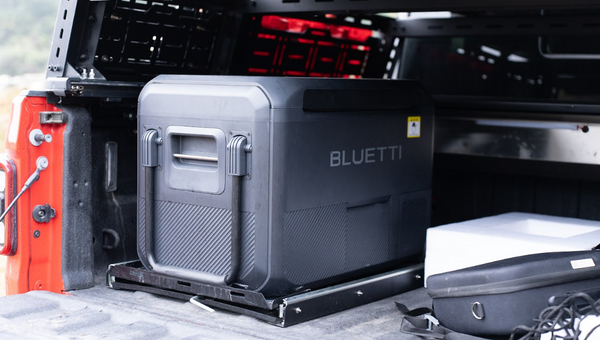
Let’s discover what you understand by a 12V fridge, its merits, its demerits, and whether it suits you or not. Also discover BLUETTI 3-in-1 Fridge Freezer.
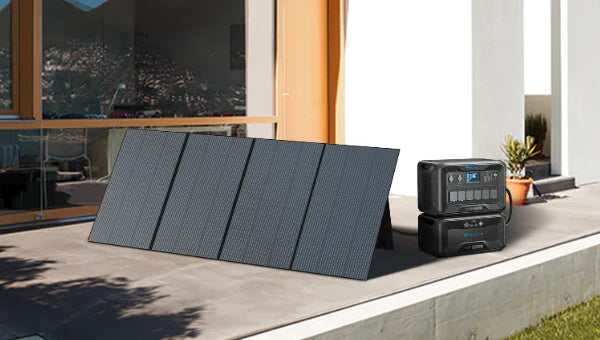
Here’s how to clean solar panels on roof the right way. Learn about DIY options, costs, and what to avoid to get the most out of your investment in solar.
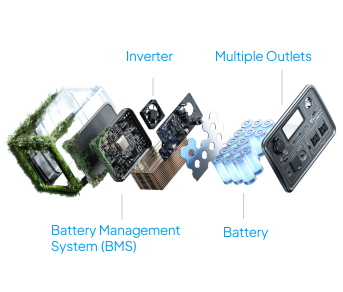
Looking for a reliable power pack for camping, travel or phone charging? Discover the best lithium power packs for all your needs, including BLUETTI’s EB3A, AC2A and AC50B.
